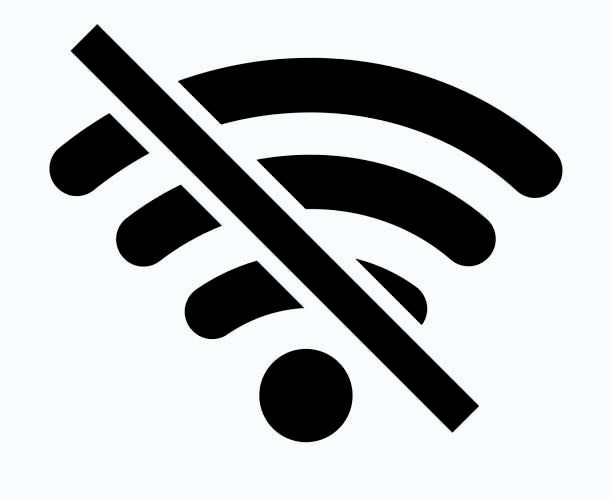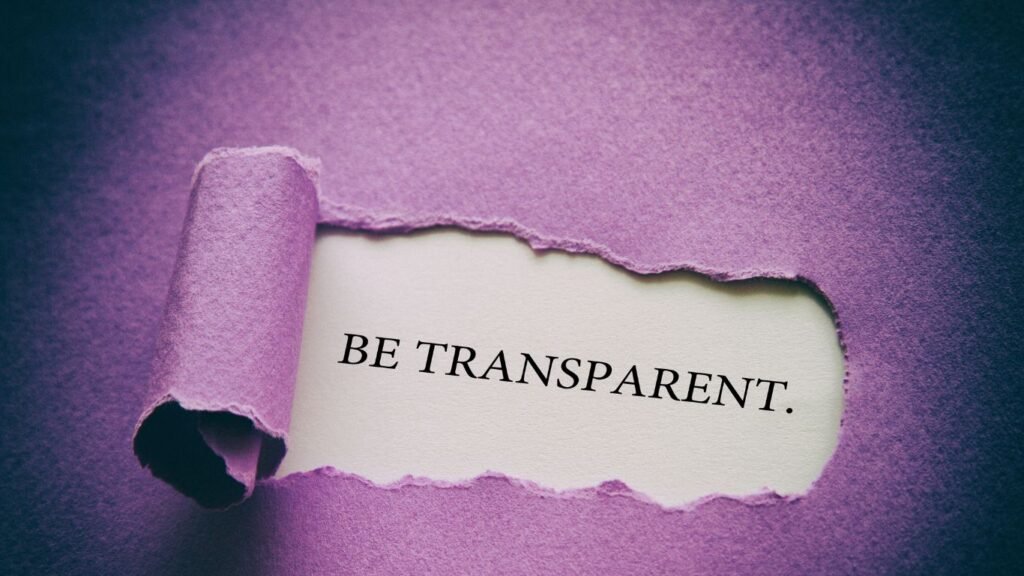Countries with No Internet Even in 2025

By 2025, the internet has become the backbone of modern life. Businesses, governments, and individuals depend on digital platforms to communicate, trade, educate, and innovate. Yet, in this era of hyperconnectivity, millions of people remain cut off from the digital world. Some countries have virtually no internet access at all, while others experience only restricted or unstable connections. Political control, armed conflict, poverty, censorship, and lack of infrastructure drive this exclusion.
This article explores the nations where internet access remains absent or severely limited in 2025, backed by the latest global data and events.
1. North Korea: The World’s Digital Prison
North Korea continues to stand as the most extreme example of a country without internet access. The regime blocks ordinary citizens from reaching the global web. Only a select group of government officials, researchers, and elite students can use the international internet under strict monitoring. For everyone else, the state provides a closed intranet system called Kwangmyong, which hosts a small collection of heavily censored websites created by the government.
The government’s goal is clear: prevent exposure to outside information that could challenge the regime’s ideology. Surveillance remains intense, and citizens who attempt to bypass restrictions risk imprisonment. In 2025, North Korea remains almost entirely disconnected from the world, proving that censorship and authoritarian control can override technological progress.
2. Eritrea: Isolation Through Policy and Poverty
Eritrea presents a rare case of a nation that remains almost completely offline in 2025. The government tightly controls all communications, while decades of economic stagnation and isolation have blocked technological growth. The country has no meaningful social media presence, very little broadband infrastructure, and almost no functioning financial technology such as ATMs.
For Eritreans, everyday life takes place in a digital vacuum. Students struggle to access modern learning tools, businesses cannot operate in the global market, and families remain unable to communicate with relatives abroad through affordable online platforms. The government has made little effort to modernize, leaving Eritrea as one of the least digitally developed nations on Earth.
3. Sub-Saharan Africa: The Region With the Lowest Internet Penetration
Beyond Eritrea, many Sub-Saharan countries still face serious barriers to internet access. The region averages the lowest internet penetration rate in the world. Several countries highlight the depth of this divide:
- Burundi and Chad both keep more than 86% of their people offline.
- Central African Republic and South Sudan report about 84% of their citizens without access.
- Somalia, Guinea-Bissau, and parts of the Democratic Republic of Congo also show extremely low connectivity.
People in these countries face multiple challenges. Infrastructure remains underdeveloped, electricity supply is unreliable, and governments often impose high taxes on telecom services. In addition, civil wars and insurgencies destroy cables and disrupt mobile networks. As a result, millions in Sub-Saharan Africa still live without the benefits of the digital age.
4. Turkmenistan: Connectivity Under Heavy Censorship
Turkmenistan does not rank as completely offline, but its internet environment is one of the most restrictive in the world. The government monitors all usage and blocks hundreds of thousands of websites, ranging from news portals to social media platforms. Ordinary people struggle to find reliable information because censorship and surveillance dominate every digital interaction.
Even when citizens can connect, the quality of service remains poor. The cost of access is high, and speeds lag far behind global averages. In 2025, the state’s control over the internet has grown tighter, ensuring that citizens live in a bubble of propaganda and limited global communication.
5. Countries Facing Repeated Internet Shutdowns
Some countries possess internet infrastructure but still cut off their populations during crises. Governments weaponize internet shutdowns to silence protests, suppress opposition, or control the flow of information during elections and conflicts.
- Iran imposed one of the most extreme blackouts in mid-2025 during the conflict with Israel. Connectivity dropped by more than 90%, leaving citizens unable to communicate or share information about the war.
- Russia experienced thousands of shutdowns in June and July 2025, as the state disrupted access to foreign services, social platforms, and banking systems. The economic loss reached hundreds of millions of dollars, but the government continued to prioritize control over openness.
- India recorded five shutdowns in the first half of 2025 alone. Authorities often justify these blackouts as a way to maintain law and order, but the practice has drawn criticism for harming education, businesses, and democratic freedoms.
- Several African countries also shut down the internet in 2024 and 2025, especially during elections. Citizens in Congo, Sudan, and Ethiopia endured days or weeks without digital access, further widening the gap between Africa and the rest of the world.
These repeated shutdowns highlight a troubling trend: even when internet exists, governments can choose to switch it off at will, leaving millions disconnected.
6. Conflict Zones: Connectivity Destroyed by War
Armed conflicts often leave entire populations without stable internet access.
In Gaza, more than 70% of telecommunication services remain inoperable in 2025. Bombings destroyed infrastructure, while political restrictions limited reconstruction efforts. Residents live with constant fear of sudden blackouts, cutting them off from the outside world during critical moments.
In the Sahel region of Africa, insurgencies frequently disrupt mobile towers and fiber networks. People in Mali, Niger, and Burkina Faso often go days without connectivity because of security breakdowns and targeted attacks on infrastructure.
War zones show how fragile digital systems can be. Once cables, satellites, or towers come under fire, rebuilding becomes slow and costly. Civilians, already struggling with violence, must also survive without access to information, emergency services, and communication with loved ones.
7. Remote Territories With Limited Access
Beyond authoritarian states and war zones, some isolated territories still struggle with internet connectivity due to geography. Remote islands such as Tristan da Cunha and St. Helena have begun to connect through undersea cables and satellite networks. However, high costs and technical challenges mean that only a fraction of residents enjoy stable connections.
These islands highlight another side of the global divide: when geography isolates communities, private companies often see little incentive to invest in infrastructure, leaving residents to depend on expensive and limited satellite systems.
8. The Global Picture in 2025
Globally, more than 63% of people now use the internet. Northern Europe enjoys penetration rates close to 98%, while the United States, Canada, and much of East Asia report near-universal access. But the divide remains glaring when measured by absolute numbers and regions.
India still has the world’s largest offline population, with more than 680 million people disconnected. Africa as a whole trails far behind, with East Africa averaging less than 25% connectivity. By contrast, Western Europe, North America, and Oceania remain almost entirely online.
This divide shows that while the internet is nearly universal in wealthy nations, billions still lack access due to poverty, geography, or political barriers.
Conclusion
In 2025, countries like North Korea and Eritrea remain completely shut off from the digital world. Others, such as Turkmenistan, restrict their citizens through censorship and surveillance. War-torn regions like Gaza and parts of Africa face broken infrastructure, while democratic nations like India still shut down access during protests.
The global digital divide does not result from technology alone—it reflects power, politics, and inequality. While new solutions such as low-orbit satellite internet hold promise, they cannot solve the problem without cooperation from governments.
The fact that millions still live without internet in 2025 reminds the world that connectivity is not yet a universal right. Bridging this divide requires more than technology. It demands political reform, economic investment, and a commitment to freedom of expression. Until then, entire nations will remain in the shadows of the digital age.













